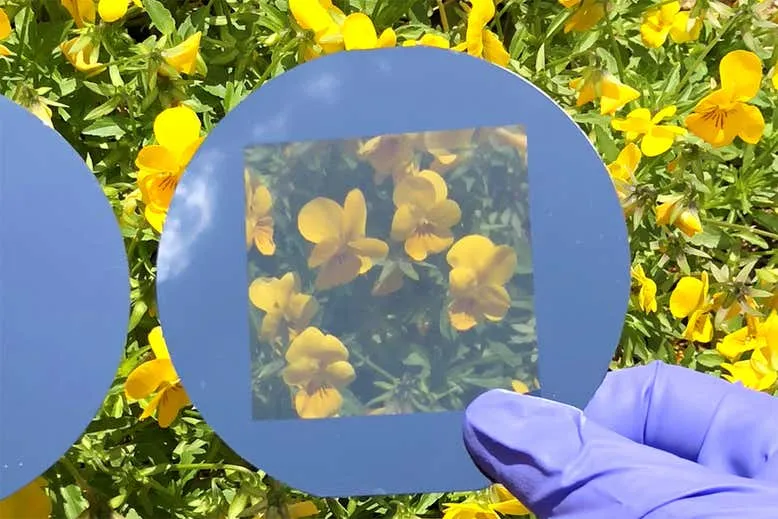Solar cells with holes pierced in them can be used as windows
- UNIST researchers have discovered how to let light through photovoltaic panels. They have made dense micro-holes in a cell, which makes it seen as fully transparent and suitable for window application.

According to researchers from South Korean university, transparent photovoltaic modules can crucially increase the intra-city solar energy usage. The explanation is quite simple: the houses are becoming higher, thus increasing the area occupied by windows, while the area of housetops remains unchanged.
Application of see-through PV panels instead of window glass can lead to daily generation of enormous amount of electrical power. However, as a rule, the efficiency of translucent solar cells is too low. Not to mention that they usually tint the passing light blue or red.
Researchers all over the world are seeking an alternative material for solar panels transmitting light. But the scientific group from Korean university of science and technology has taken a different approach. They intend to make use of crystalline silicon – the material used in around nine-tenth of all PV systems.
The scientists have pierced micro-holes in a 1-cm square silicon cell. These holes pass all the light through and do not change the color of it. The diameter of holes is close to that of a hair – only 100 microns.
The pierced solar cells still absorb 100% of sunlight and convert it into electricity. The conversion rate of such cells is 12%, which is worse compared to 20%-efficient non-transparent devices. However, the result is considerably better than performance of any other see-through cell ever developed, which has never exceeded 3-4%.
The Korean research team plans to create a transparent solar device with conversion efficiency of 15% or even higher. In order to introduce such cells into commercial production, they also have to invent a transparent electrode.
Also read


